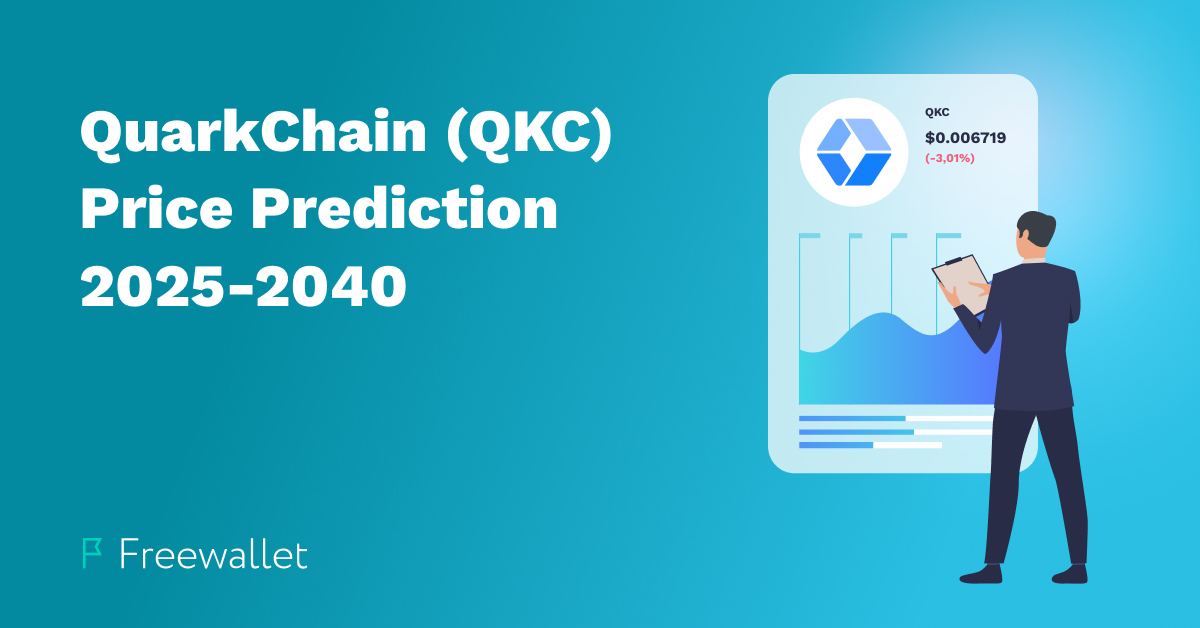We’ve been brainstorming about how to spice up our blog, and we thought that what it needs is some fresh blood! So, we decided to invite external authors, experts in various fields of the blockchain, cryptocurrencies and fintech to share their stories with our readers.
The first one to rise to the call was Claude Lecomte. Claude is the CEO of MinerGate, a mining pool with which we have recently established a partnership for off-chain transactions. Claude told us about how he sees mining in 2018, and now we want to share his story with you!
Is mining still alive in 2018? Or is it dead? How profitable is it? How do I start mining? What coins can I mine? Do I need a degree in it to get the hang of it? If any of those questions ever pop up in your head, read on.
A cumbersome, intricate, personal intro to mining
The buzz of Bitcoin mining has gone, but there are still millions of people interested in making money out of thin air. Technically, this is exactly what mining is, but as you know, the devil is in the detail. Here’s what you should know before you overpay for your first mining rig on craigslist.
What is mining?
Many people misunderstand mining as “finding coins”, but the process is far more complicated than that. To understand what mining is, we have to get a hold of what blockchain is (at least briefly).
Basically, the blockchain is a huge table that contains records of every transaction that has ever happened on it.
Once a new transaction happens, it gets added to a “block” that stores records of a fixed number of transactions. Once the block is full, it gets added to the chain — blockchain — and is open and available to the public.
Blocks are heavily encrypted, making them hard-to-solve math equations (or puzzles, if you will). To solve these equations, one needs to use certain compute-capable hardware and special software.
So, to put it roughly, mining is the process of using hardware to verify transactions, packing them into blocks, solving mathematical puzzles and, after working out the correct solutions to the puzzles, adding the blocks to the blockchain.
For their work, miners receive a reward in the coins that they helped to transact. For example, the reward for one Bitcoin block is currently 12.5 BTC. The reward that each miner receives depends on how much they personally contribute to solving the equation.
Types of mining: industrial, solo, in pools
So, mining is the process of solving complex mathematical equations, which requires computational power. Technically, any device with a CPU allows you to solve these equations: your laptop CPU, an ASIC, an R2D2 — you take whatever you can get your hands on.
You can mine solo. That means you do it yourself, in your garage with the equipment that you can get. This option works for small and easy-to-mine coins, but makes no sense for big, popular coins such as Bitcoin (the Bitcoin mining complexity chart grows exponentially, making it harder and harder for an individual miner to join the gang).
Governments and big organizations practice industrial mining; a huge mining plant can consume as much electricity as a small country.
Another way for mere mortals to start mining is to join a pool. Pools are services that unite several miners under one entity, allowing them to work as one and increase their chances of winning the mining race.
Technically, a pool is a special server that unites the CPU power of the pool’s participants. When a miner joins the pool, they “donate” their CPU power to it, which increases the pool’s overall computational power. Then, the miners split the reward between all the participants relative to the amount of CPU power contributed to the common good.
Your decision on whether to mine solo or join the pool should depend on the coin you want to mine and the mining simplicity in that coin’s blockchain.
How much does mining really cost?
Mining requires a lot of computational power. As a result, it requires a lot of electricity. Like, A LOT. In fact, the electricity cost is what makes Bitcoin mining completely unprofitable in certain areas.
But let’s get down to business. The size of your electricity bill is essential here. If you have access to cheap or even free electricity — that’s good. But generally, people don’t, so that’s why mining pools are much more profitable and useful.
The general rule is: the bigger the coin and the more competitors in mining it has, the harder it is to mine solo.
As for Bitcoin mining, there is no sense in solo mining anymore. The current up-front investment and maintenance costs of the mining equipment, not to mention the sheer mathematical difficulty of the process, just don’t make it profitable for consumer-level hardware. Today, Bitcoin mining is reserved for large-scale operations only.
The logic is simple: only the miner who creates the block first gets the reward, so all the others who try to do the same are left behind with nothing, simply because they were not the first to solve the puzzle. And you need the most powerful gear to be the first.
Still want to try it?
If I haven’t scared you off with my explanations, stay tuned for the next 2 posts. In the first one, I’ll share with you my tips on how to pick the most profitable coins to mine today, and how much a solo miner can really make from it. The second one will be about building your first mining rig.
Related
Stay tuned
Subscribe for weekly updates from our blog. Promise you will not get emails any more often.
Most Popular
New Posts
Stay tuned
Subscribe for weekly updates from our blog. Promise you will not get emails any more often.






